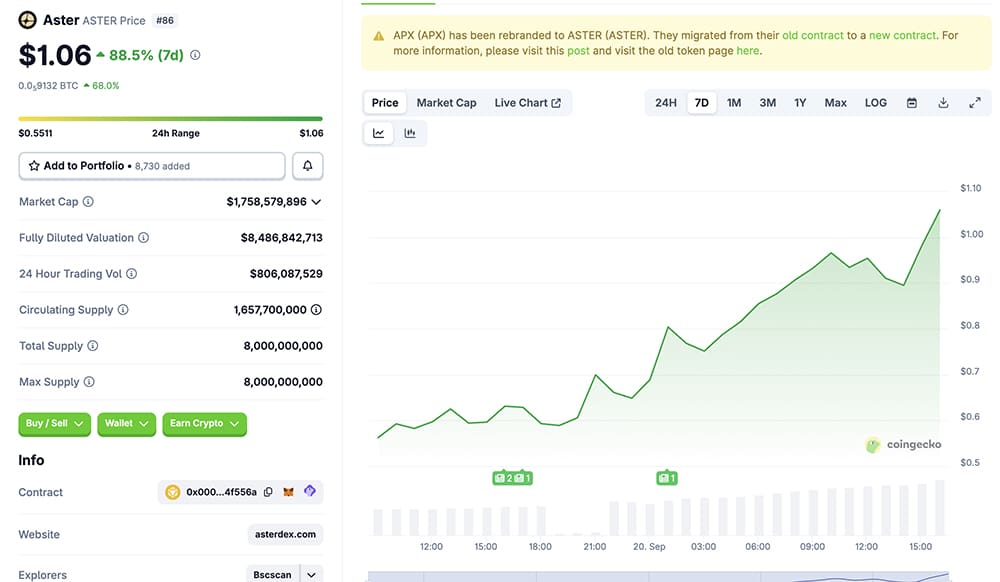US ISM Manufacturing PMI fell to 48.0 in July
The post US ISM Manufacturing PMI fell to 48.0 in July appeared on BitcoinEthereumNews.com. The ISM Manufacturing PMI ticked lower to 48.0 in July, missing consensus. The US Dollar remains well on the defensive, revisiting two-day lows. In July, the US manufacturing sector lost some momentum. The ISM Manufacturing PMI dropped from 49.0 in June to 48.0, which was also lower than analysts’ predictions of 49.5. The Employment Index fell from 45.0 in June to 43.5, which means that the sector’s payrolls are having some trouble. The Prices Paid Index, which monitors inflation, went down from 69.7 to 64.8. Finally, the New Orders index rose from 46.4 to 47.1 in the previous reading. From the release: “Regarding output, the Production Index increased month over month to move further into expansion territory; however, the Employment Index dropped further into contraction as panellists indicated that managing head count is still the norm at their companies, as opposed to hiring. The mixed indicators in output suggest companies still being cautious in their hiring even with an increase in production,” argued Susan Spence, MBA, Chair of the Institute for Supply Management (ISM) Manufacturing Business Survey Committee. Market reaction The US Dollar (USD) trades on a marked bearish bias on Friday, hovering around the 98.80 region when gauged by the US Dollar Index (DXY) as investors assess the recent data releases as well as speculation of a potential rate cut by the Fed in September. GDP FAQs A country’s Gross Domestic Product (GDP) measures the rate of growth of its economy over a given period of time, usually a quarter. The most reliable figures are those that compare GDP to the previous quarter e.g Q2 of 2023 vs Q1 of 2023, or to the same period in the previous year, e.g Q2 of 2023 vs Q2 of 2022. Annualized quarterly GDP figures extrapolate the growth rate of the quarter…

The post US ISM Manufacturing PMI fell to 48.0 in July appeared on BitcoinEthereumNews.com.
The ISM Manufacturing PMI ticked lower to 48.0 in July, missing consensus. The US Dollar remains well on the defensive, revisiting two-day lows. In July, the US manufacturing sector lost some momentum. The ISM Manufacturing PMI dropped from 49.0 in June to 48.0, which was also lower than analysts’ predictions of 49.5. The Employment Index fell from 45.0 in June to 43.5, which means that the sector’s payrolls are having some trouble. The Prices Paid Index, which monitors inflation, went down from 69.7 to 64.8. Finally, the New Orders index rose from 46.4 to 47.1 in the previous reading. From the release: “Regarding output, the Production Index increased month over month to move further into expansion territory; however, the Employment Index dropped further into contraction as panellists indicated that managing head count is still the norm at their companies, as opposed to hiring. The mixed indicators in output suggest companies still being cautious in their hiring even with an increase in production,” argued Susan Spence, MBA, Chair of the Institute for Supply Management (ISM) Manufacturing Business Survey Committee. Market reaction The US Dollar (USD) trades on a marked bearish bias on Friday, hovering around the 98.80 region when gauged by the US Dollar Index (DXY) as investors assess the recent data releases as well as speculation of a potential rate cut by the Fed in September. GDP FAQs A country’s Gross Domestic Product (GDP) measures the rate of growth of its economy over a given period of time, usually a quarter. The most reliable figures are those that compare GDP to the previous quarter e.g Q2 of 2023 vs Q1 of 2023, or to the same period in the previous year, e.g Q2 of 2023 vs Q2 of 2022. Annualized quarterly GDP figures extrapolate the growth rate of the quarter…
What's Your Reaction?








































